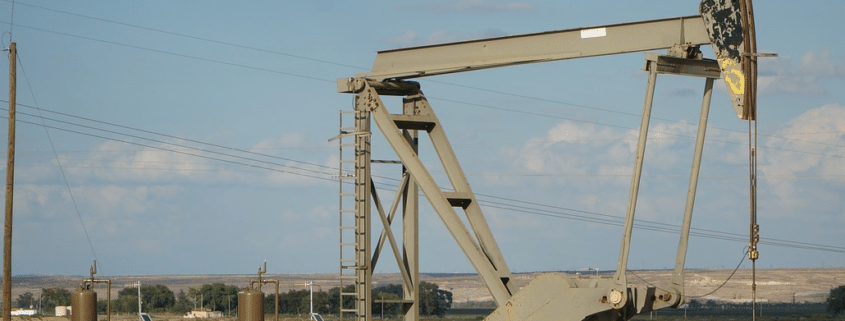The Rights of an Oil Royalty Owner
If you own an interest share in the mineral rights of oil production, then you are probably enjoying a steady stream of oil royalties in your portfolio. With high stakes values, a large number of players, and hundreds of pages of legal contracts, sometimes it can be difficult to fully understand your role in the process of oil production. In this article, we are going to outline how to identify the rights that you have, as an oil royalty owner.
Your Rights as Mineral Rights Owner – The Paperwork
Oil and gas agreements are not required to be made public, and the highly individualized nature of mineral rights agreements make it difficult to identify a “standard” handbook of mineral rights owners’ rights.
With this in mind, there are a few very critical pieces of paperwork that you should always have available. It is also advisable to seek expert advice in order to review the following documents.
A Copy of The Deed
The deed which defines your ownership rights of the property’s subsurface is crucial in defining your asset. If you own a fee simple estate, then your surface rights and mineral rights are usually defined in the same deed. If it is a split estate, then the mineral deed is no different than a surface rights deed, just separate. Mineral deeds are public records and can be obtained either online or with a local courthouse.
A Copy of the Lease
Once the lease is signed, it becomes the most important document in a mineral rights agreement. Here, the rights of the surface and mineral owners are clearly defined as they affect an oil company’s pursuit in exploring and extracting minerals. It is crucial to understand the time periods and compensation associated with an oil company’s permission to enter the property. Although oil and gas leases are not public records, a copy must be filed with the local courthouse and the records can be obtained at a later date.
A Division Order
Oftentimes, oil wells are divided between multiple mineral rights owners. This makes it a requirement for oil companies to send out a division order, or a division of interest, to lay out the percentage ownership and rights for each mineral owner. Division orders must be signed and returned to the oil company, but mineral rights owners should absolutely keep a copy for their records.
Any Communication with Oil Companies
Lastly, it is always a good idea to print or save any copies of communications with an oil company. As a mineral rights owner, you want to be up to date (and know the history of) all of the happenings of the operations in which you have a stake in. For the worst-case scenario, copies of all oil company communications can help in the court of law if you feel as if your rights have been violated as an oil royalty owner.




Leave a Reply
Want to join the discussion?Feel free to contribute!